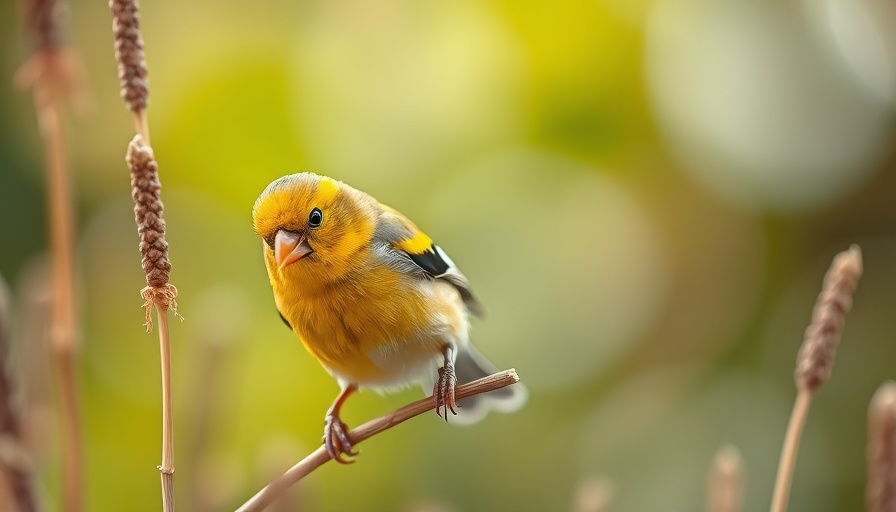
Understanding the Migration Patterns of Florida's Hummingbirds
For many bird lovers in Florida, spotting a Ruby-throated Hummingbird at their feeders is a beloved seasonal ritual. This small avian marvel not only enchants birdwatchers but also plays a vital role in the ecosystem. As migratory birds, Ruby-throateds embark on an incredible journey that showcases their resilience and adaptability.
Factors Influencing Their Departure
Ruby-throated Hummingbirds begin to leave Florida in late August, although many linger into September. This timing coincides with decreasing daylight and cooling temperatures, essential triggers for their migration urge. By mid-October, the majority have migrated, while a few stragglers may stay as late as early November during particularly mild weather. This migration is not simply a matter of instinct; it is a response to survival, as these birds seek warmer climates with abundant food supplies.
The Allure of Rare Hummingbird Sightings
Bird watchers should keep an eye out for vagrant species, like the Rufous Hummingbird, which occasionally make an appearance in Florida during winter. These rare visitors provide another layer of excitement and opportunity for perspective shifts in birding experiences. Matching the buzz of Ruby-throateds, Rufous hummingbirds bring a distinct plumage and behavior that guide bird enthusiasts to fine-tune their observational skills.
Ensuring a Rich Feeding Experience
As the season shifts, it's essential for bird lovers to maintain their feeders even as visits decrease during the late fall. Providing a reliable food source might surprise you with late arrivals seeking nourishment before their journey across the Gulf of Mexico. It's a simple yet impactful way of aiding these magnificent creatures, ensuring they have enough energy to embark on the long trip ahead.
Final Thoughts on Hummingbird Migration
Florida’s unique position as a migration gateway makes it both a resting haven and a launching pad for these birds. With mild climates fostering abundant nectar sources, this state is a sanctuary for Ruby-throated Hummingbirds and the occasional rare visitor. Through understanding their migration patterns and the factors that influence them, bird lovers can engage more deeply with these extraordinary creatures. So, whether you're tuning into bird activity or tending to your feeders, your actions support these birds during their critical journey.
Let's remain observant and compassionate caretakers of the environment, ensuring that our avian friends continue to thrive.
 Add Row
Add Row  Add
Add 




Write A Comment